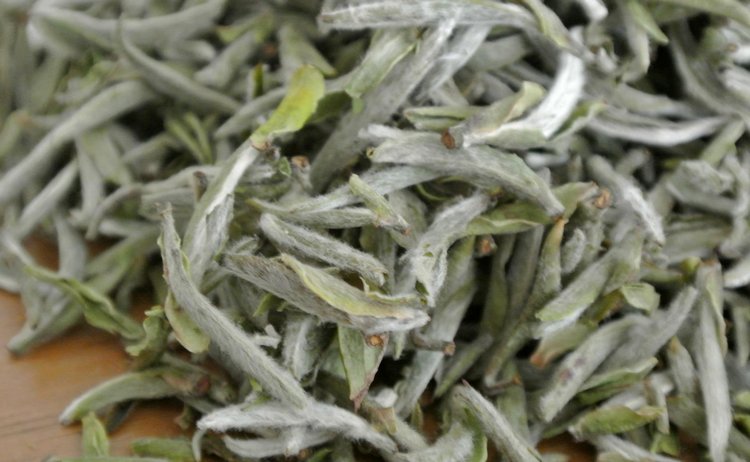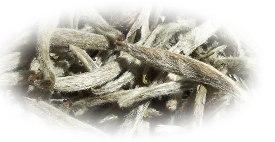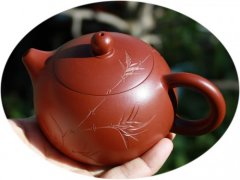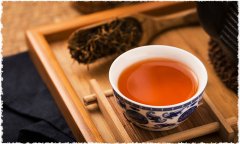White tea is not suitable for what kind of people? What's the difference between new or old white tea?
White tea is one of the high quality teas in China. This high-quality white tea is traditionally produced in a few areas of Fujian Province in southeastern China, such as Fuding, Zhenghe and Jianyang. Fuding (Fuding) white tea is considered to be the best quality and a price increase of 35% was recorded in 2017 alone. The market price of Fuding silver needle has tripled in the past decade.
In recent years, the price of white tea has risen relative to other teas, such as green tea, for many reasons.
Like all popular products with limited supply, growing demand is the main driver.

The plant of white tea
The real Fujian white tea used for production is unique, the most famous being "Fudingda Bai Hao" (Fuding Da Baihao, Fuding Da Bai Hao). Silver needle tea is characterized by strong, full, rough, needle-shaped buds, covered with white fluff-the name of silver needle comes from here.
White tea takes several years to mature to produce nutritious and flavor-rich crops. The harvest usually begins 3-4 years after the new plant is planted. However, many high-quality tea gardens have a history of more than 50 years and have been harvested for many generations.
The area suitable for producing high-quality white tea is also very narrow. The small bag areas in Fujian Province mentioned above have ideal soil and climatic conditions, which are suitable for the production of white tea.
For example, the famous Tai-Lao-Shan (Tai Mu Shan) Fuding area is known to produce the best Fuding white tea. The area and the tea garden have been established for a long time and are in fact unexpandable.
Due to the geographical space of planting tea trees and the limited time for tea trees to grow and mature, the supply of Fuding white tea lags far behind the growth of demand.
What is white tea?
White tea is traditionally defined as:
Mainly produced in the pocket area of northern Fujian
Made from tea harvested by Fuding Dabaiyu tea tree
Deal with a simple but highly skilled technique called Wei-Diao (withering) so dry
Depending on the weather, it is usually dried in a cool place or in the sun, and some use low-temperature charcoal (less than 50 degrees Celsius).
Grade Planning of White Tea
Unlike other kinds of tea in China, white tea is classified according to its quality grade:
Super Silver Needle-made only from young tea buds.
White peony-consists of a young leaf and several green leaves.
First plum / red plum-mainly made of ripe tea.
The technology of improving white tea is considered to be intellectual property rights and is carefully protected by local tea producers. In the process of tea processing, fine details are strictly monitored and controlled.

White tea "new product"
Due to the growing demand, there have been some "new products" on the market in recent years: some white teas produced by tea trees other than Fuding Da White velvet, and others from Fuding Da Baihao Tea trees. but recently planted in other places than those in Fujian Province where the soil and climate conditions are different.
There is also Yunnan white tea, which is produced on the basis of Yunnan traditional tea product Yue Guangbai, with slightly different processing technology, using Yunnan tea instead of Fujian white tea shrubs.
These white teas are considered to be "simulated" white teas, and most of them are considered to be of lower quality than traditional Fujian white teas. The market price of these teas is low, but some merchants sell and price them as traditional white tea to naive white tea consumers.
Important Notice :
前街咖啡 FrontStreet Coffee has moved to new addredd:
FrontStreet Coffee Address: 315,Donghua East Road,GuangZhou
Tel:020 38364473
- Prev

Can I buy a real purple sand pot for two or three hundred? Sharing of three tips for distinguishing true and false purple teapot
Many tea consumers are fascinated by Yixing purple sand (Yixing purple sand) teapot. This clay is considered to be high-quality clay for brewing high-quality tea, especially fermented tea, such as oolong tea and Pu'er tea. This is mainly due to the porosity of the clay, which can breathe through the walls of the teapot, thus promoting the brewing process, resulting in the best tea and eliminating some less desirable elements, if present. Original
- Next

Yingde black tea authentic Yinghong No. 9 Guoli 1959 price list where is the origin of Yingde black tea
A relatively short history of high-end black tea this is another kind of high-end black tea that has emerged recently. In 1961, as a research and development project to find high-quality black tea, Chinese researchers isolated a small group of Arbor tea trees with required unique characteristics from Yunnan Province, China, and improved their varieties. Over the next 20 years, they planted this special plant in Guangdong.
Related
- The milk tea cup becomes smaller?! Overlord Tea Girl launches a new "Return to Yunnan" series
- Accused of selling counterfeit and high-priced coffee beans! Well-known boutique coffee brand "Oukelao" bowed and apologized!
- How to make espresso dumplings? Can I eat coffee and glutinous rice balls together?
- Save the unformed and stagnant powder cakes in one second! What is the problem with stagnant water in the powder bowl of the espresso machine?
- What does hand-brewed coffee stop mean? Why is it not recommended to make coffee by hand?
- Is it normal to smell like coffee? Why does coffee smell like alcohol? What's wrong with the strong smell of cold extract ice dripping ice brewed coffee?
- How to solve the problem that hand-brewed coffee extraction takes too long? Why is the water flowing so slowly when making coffee?
- The main points of making Australian white coffee, the proportion details, how does Australian white properly foam and blend the flowers?
- Can ice water make cold extract coffee? What is the difference between room temperature water and ice water for making cold coffee?
- What milk is best for making latte and white Dirty coffee? What is the difference between different brands of fresh milk and pure milk for making coffee?

